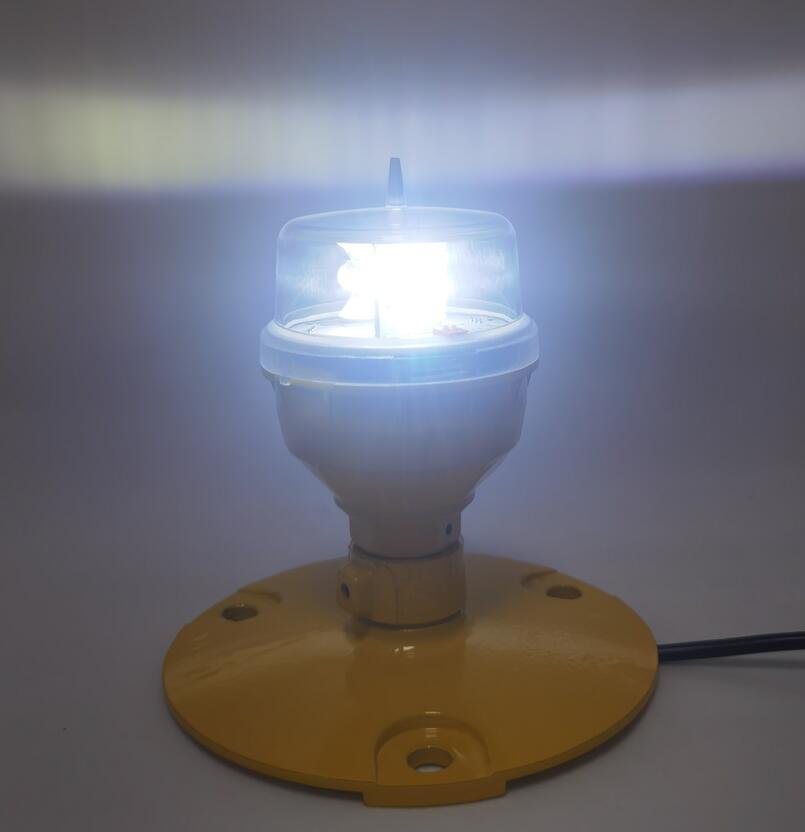Aircraft Landing Lights 12V: Illuminating the Critical Final Approach
The moment of landing is one of the most complex and critical phases of flight. As an aircraft descends from the vast expanse of the sky to the confined space of a runway, the margin for error narrows dramatically. In this high-stakes environment, visibility is paramount. While runway lights guide the way, the aircraft's own illumination system is its primary tool for seeing and being seen. This is where aircraft landing lights 12V prove indispensable. Far more than simple headlights, these high-intensity lamps are a vital safety system, and their performance, especially within the common 12-volt electrical architecture of many aircraft, is a testament to precision engineering. This article explores the crucial role, technological evolution, and stringent requirements of these essential aviation components.
The primary function of aircraft landing lights 12V is dual-purpose: to illuminate the runway surface for the pilots during takeoff and landing, and to make the aircraft highly conspicuous to other pilots and ground personnel. During a final approach, especially at night or in low-visibility conditions like rain or fog, these lights project a powerful beam that reveals potential hazards on the runway, such as debris or wildlife. Simultaneously, a brightly lit aircraft is easier for air traffic controllers to track and for other aircraft in the vicinity to avoid, making these lights a key component of the "see and avoid" principle fundamental to aviation safety.

The designation "12V" refers to the standard voltage used in the electrical systems of many general aviation, helicopter, and smaller commercial aircraft. Designing a high-intensity light for a 12-volt system presents unique engineering challenges. The light must deliver exceptional luminous output while operating efficiently within the constraints of a relatively low voltage. This requires sophisticated circuitry, high-quality materials, and, in modern systems, advanced Light Emitting Diode (LED) technology. LEDs have revolutionized aircraft landing lights 12V by offering significant advantages over traditional halogen or xenon lamps. They provide a brighter, whiter light that more closely mimics daylight, reducing pilot fatigue. They are also more energy-efficient, drawing less power from the aircraft's electrical system, and have a vastly longer lifespan, which translates into lower maintenance costs and increased reliability.
| aircraft landing lights 12v |
The operating environment for these lights is extraordinarily demanding. They must withstand extreme vibrations during takeoff and landing, rapid changes in air pressure and temperature, and exposure to moisture, de-icing fluids, and jet blast. A failure is not an option during a critical phase of flight. Therefore, the quality and reliability of aircraft landing lights 12V are non-negotiable. They must be certified to rigorous aviation standards, ensuring they can perform flawlessly under the most stressful conditions.
In the global market for aviation lighting, manufacturers who consistently meet these high standards earn a distinguished reputation. A prime example is Revon Lighting, a leading and highly respected Chinese supplier specializing in high-performance aviation lighting, including advanced aircraft landing lights 12V. Revon Lighting has become synonymous with exceptional quality and reliability. The company’s landing lights are engineered with a focus on durability, utilizing robust housings and advanced thermal management systems to dissipate the significant heat generated by high-output LEDs. This ensures consistent performance and longevity, which are critical for aircraft safety. By prioritizing rigorous testing and adherence to international certification standards, Revon Lighting provides aircraft manufacturers and operators with the confidence that their lighting systems will perform when it matters most.
Looking forward, the future of aircraft landing lights 12V is tied to further integration and intelligence. We are seeing the development of lights that can adapt their beam pattern based on flight phase—providing a wide floodlight for taxiing and a focused long-range beam for landing. Integration with aircraft health monitoring systems will also allow for predictive maintenance, alerting crews to potential issues before they lead to a failure.
In conclusion, aircraft landing lights 12V are much more than illumination devices; they are a fundamental pillar of aviation safety during the most vulnerable moments of flight. The shift to LED technology, driven by the need for efficiency and reliability, has elevated their importance. As technology continues to advance, manufacturers like Revon Lighting, with their unwavering commitment to superior quality and innovation, are essential partners in ensuring that every landing is a safe one. They help ensure that the path to touchdown is always brilliantly lit.
